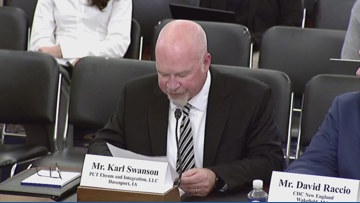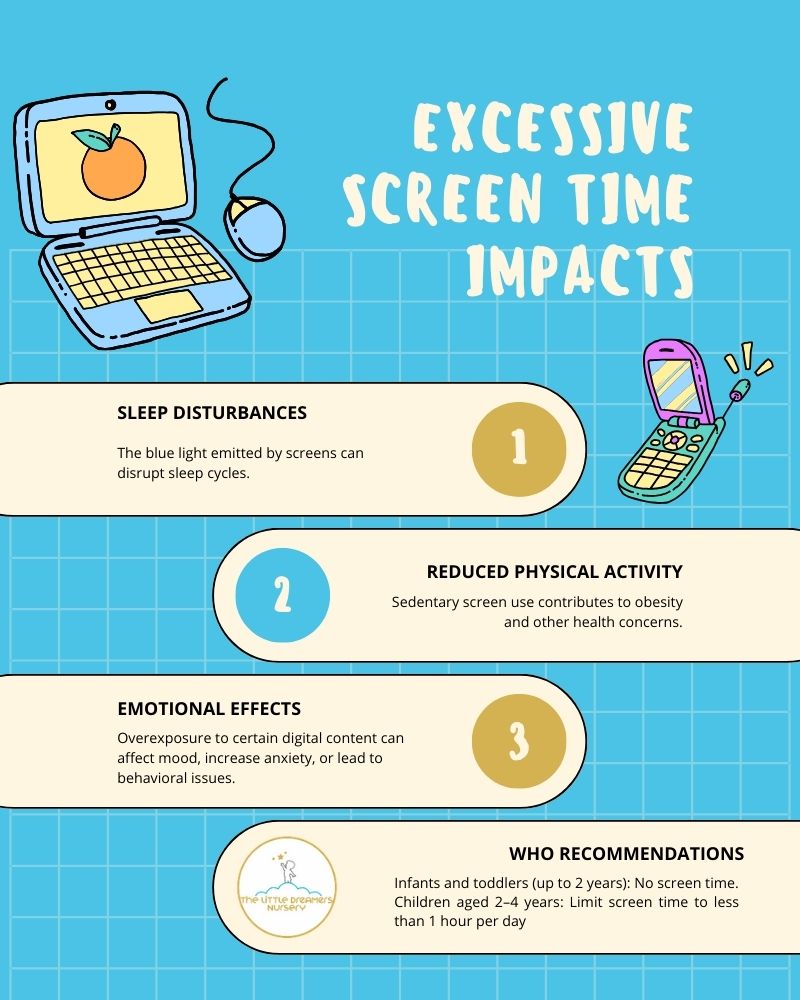
Sustainable Development Goals
Introduction
The Sustainable Development Goals (SDGs) are a set of 17 global goals established by the United Nations in 2015. These goals aim to address various social, economic, and environmental challenges faced by countries around the world. The SDGs provide a framework for sustainable development and are intended to be achieved by 2030.
Importance of the SDGs
The SDGs are crucial for promoting a more sustainable and equitable future. They address key issues such as poverty, hunger, education, gender equality, clean energy, climate action, and more. By focusing on these goals, countries can work towards creating a better world for all.
Key SDGs
- No Poverty: End poverty in all its forms everywhere.
- Zero Hunger: End hunger, achieve food security and improved nutrition, and promote sustainable agriculture.
- Quality Education: Ensure inclusive and equitable quality education and promote lifelong learning opportunities for all.
- Gender Equality: Achieve gender equality and empower all women and girls.
- Clean Energy: Ensure access to affordable, reliable, sustainable, and modern energy for all.
- Climate Action: Take urgent action to combat climate change and its impacts.
Progress and Challenges
While progress has been made towards achieving the SDGs, there are still significant challenges that need to be addressed. These include poverty, inequality, climate change, and lack of access to basic services. It is important for governments, organizations, and individuals to work together to overcome these challenges and accelerate progress towards the SDGs.
Conclusion
The Sustainable Development Goals provide a roadmap for creating a more sustainable and inclusive world. By focusing on these goals, we can work towards ending poverty, protecting the planet, and ensuring prosperity for all. It is crucial for everyone to contribute to the achievement of the SDGs and create a better future for generations to come.
SDGs, Targets, and Indicators
-
SDGs Addressed
- SDG 4: Quality Education
- SDG 5: Gender Equality
- SDG 10: Reduced Inequalities
-
Specific Targets
- SDG 4.1: By 2030, ensure that all girls and boys complete free, equitable, and quality primary and secondary education
- SDG 5.5: Ensure women’s full and effective participation and equal opportunities for leadership at all levels of decision-making in political, economic, and public life
- SDG 10.2: By 2030, empower and promote the social, economic, and political inclusion of all, irrespective of age, sex, disability, race, ethnicity, origin, religion, or economic or other status
-
Indicators
- Indicator 4.1.1: Proportion of children and young people (a) in grades 2/3; (b) at the end of primary; and (c) at the end of lower secondary achieving at least a minimum proficiency level in (i) reading and (ii) mathematics, by sex
- Indicator 5.5.1: Proportion of seats held by women in (a) national parliaments and (b) local governments
- Indicator 10.2.1: Proportion of people living below 50 percent of median income, by sex, age, and persons with disabilities
Analysis
The article discusses the importance of quality education, gender equality, and reduced inequalities in the context of Delaware’s education system. These issues are directly connected to the Sustainable Development Goals (SDGs) outlined by the United Nations.
SDGs Addressed
The article addresses or is connected to the following SDGs:
- SDG 4: Quality Education – The article emphasizes the need for equitable and quality education in Delaware.
- SDG 5: Gender Equality – The article highlights the importance of women’s participation and equal opportunities in decision-making.
- SDG 10: Reduced Inequalities – The article discusses the goal of promoting social, economic, and political inclusion for all individuals.
Specific Targets
Based on the content of the article, the following specific targets can be identified:
- SDG 4.1: By 2030, ensure that all girls and boys complete free, equitable, and quality primary and secondary education.
- SDG 5.5: Ensure women’s full and effective participation and equal opportunities for leadership at all levels of decision-making in political, economic, and public life.
- SDG 10.2: By 2030, empower and promote the social, economic, and political inclusion of all, irrespective of age, sex, disability, race, ethnicity, origin, religion, or economic or other status.
Indicators
The article mentions or implies the following indicators that can be used to measure progress towards the identified targets:
- Indicator 4.1.1: Proportion of children and young people (a) in grades 2/3; (b) at the end of primary; and (c) at the end of lower secondary achieving at least a minimum proficiency level in (i) reading and (ii) mathematics, by sex.
- Indicator 5.5.1: Proportion of seats held by women in (a) national parliaments and (b) local governments.
- Indicator 10.2.1: Proportion of people living below 50 percent of median income, by sex, age, and persons with disabilities.
Table: SDGs, Targets, and Indicators
| SDGs | Targets | Indicators |
|---|---|---|
| SDG 4: Quality Education | 4.1: By 2030, ensure that all girls and boys complete free, equitable, and quality primary and secondary education | 4.1.1: Proportion of children and young people (a) in grades 2/3; (b) at the end of primary; and (c) at the end of lower secondary achieving at least a minimum proficiency level in (i) reading and (ii) mathematics, by sex |
| SDG 5: Gender Equality | 5.5: Ensure women’s full and effective participation and equal opportunities for leadership at all levels of decision-making in political, economic, and public life | 5.5.1: Proportion of seats held by women in (a) national parliaments and (b) local governments |
| SDG 10: Reduced Inequalities | 10.2: By 2030, empower and promote the social, economic, and political inclusion of all, irrespective of age, sex, disability, race, ethnicity, origin, religion, or economic or other status | 10.2.1: Proportion of people living below 50 percent of median income, by sex, age, and persons with disabilities |
Source: education.delaware.gov







